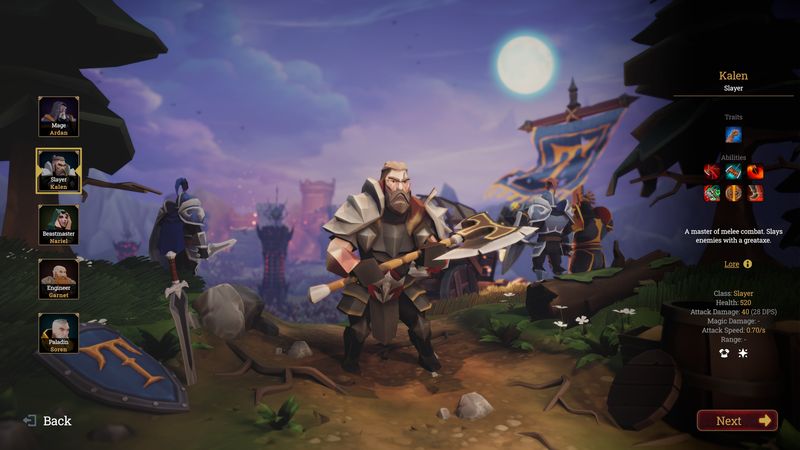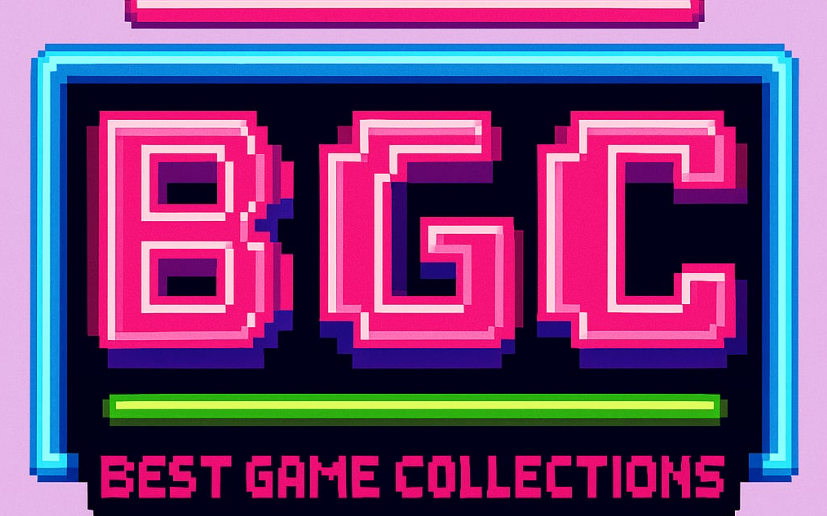I recently embarked on a journey in Darfall, a hero-based RPG city-building game from SquareNite and published by Paradox Arc. I have a penchant for thorough exploration, and Darfall presented me with many layers to uncover. From managing my settlement by day to battling undead hordes by night, the game provided an experience that was both refreshing and challenging.
Overall Impression
Darfall offers a unique blend of rhythm and strategy. I appreciate how the game marries hero progression with the construction of your settlement. The day-to-night cycle creates varied gameplay, demanding players to switch mental gears. I felt that the game struck a balance between city-building and action. However, I did notice a few rough edges in performance that reminded me of other titles using the Unity engine. Despite the occasional slowdown and choppy animations, the overall experience remains promising.
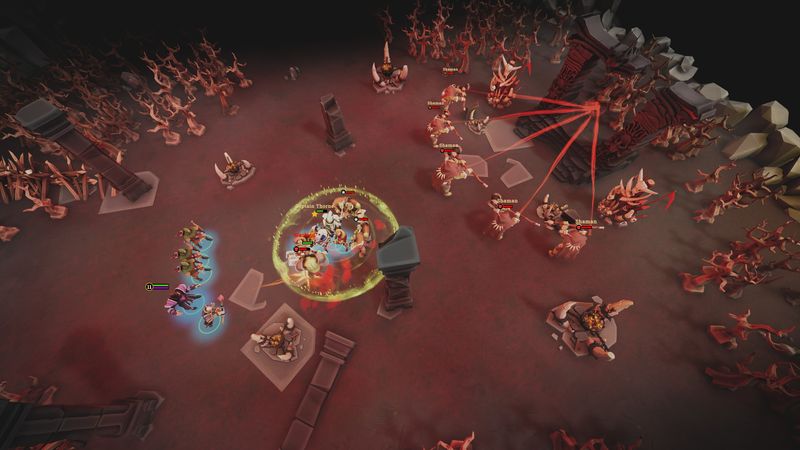
Gameplay Mechanics
Gameplay mechanics are the backbone of Darfall. I revel in games that challenge me to explore every nook and cranny. In Darfall, I spent hours mastering new abilities, gathering epic loot, and fortifying my settlement. The controls are clear, without the stress of over-complicated micro management. This simplicity opens the door to a slower, more deliberate style of play. I find this approach reminiscent of classic titles like Warcraft 3: Reforged—but with a more organic and accessible twist.
Some standout moments came during transitions from light to dark. The calm of daytime exploration shifts dramatically into the tense, adrenaline-pumping night battles. One moment, I am methodically planning my settlement’s growth; the next, I am defending my hard-won structures against relentless undead swarms. This duality creates a rich, engaging rhythm to the gameplay. Yet, as some players have pointed out, managing control groups and combat speed can sometimes feel off. I experienced slight lags when trying to execute swift movements. A few performance hiccups did interrupt my flow. Nonetheless, these issues do not overshadow the immersive combat and strategic planning.
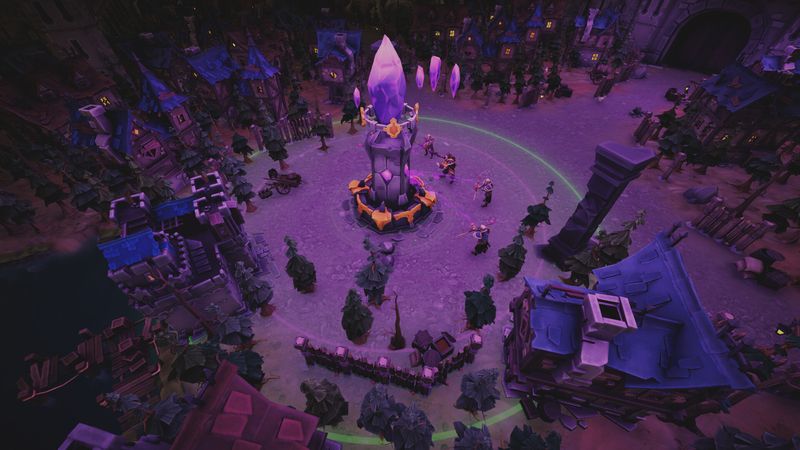
Story and Characters
The story is light—enough to hint at a larger world but never deep enough to steal the show. Cassel Games gives each ratizen a backstory, but most feel like simple archetypes: the brave leader, the weary advisor. They serve their purpose, but you won’t find epic dialogue here. Players will stick around for the strategy, not the lore.
Visuals and Graphics
Where Ratopia shines is in its art. The blend of cute rats and gritty survival scenes is charming and unique. Bright areas feel hopeful, while shadowy corners hint at danger. Dynamic lighting and detailed textures create a world you want to explore. Yet the same clunky menus and small icons can pull you out of the moment. A cleaner UI would let the art truly stand out.
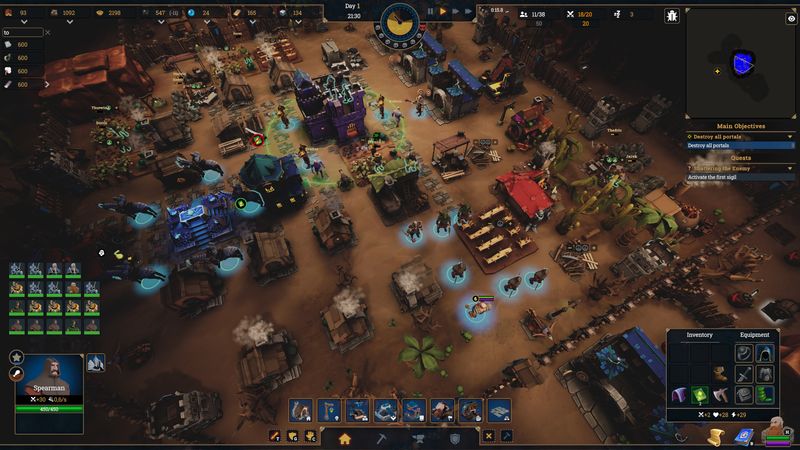
Sound and Audio
The sound design further cements Darfall’s immersive experience. The soundtrack features a melodic blend of medieval and heroic themes that evolve with the game’s pace. I admired how the music shifts when the undead appear on the horizon. The sound effects are crisp and well-executed, effectively enhancing the tension of night battles. Voice acting is subtle yet effective, lending further credibility to the character interactions. I believe the audio acts as a crucial layer that deepens the player’s emotional investment in the world.
Difficulty and Replayability
Regarding difficulty and replayability, Darfall is both accessible and challenging. I love games that propose a worthwhile challenge without feeling overwhelmingly punishing. The game offers multiple difficulty settings that allow you to tailor the pacing to your preference. Even though I encountered moments where my hero moved sluggishly or where control groups malfunctioned, I remain optimistic. The issues I experienced are not insurmountable. Developers at SquareNite are clearly passionate and attentive to player feedback. Their ongoing commitment to patches and performance fixes assures me that improvements lie ahead.
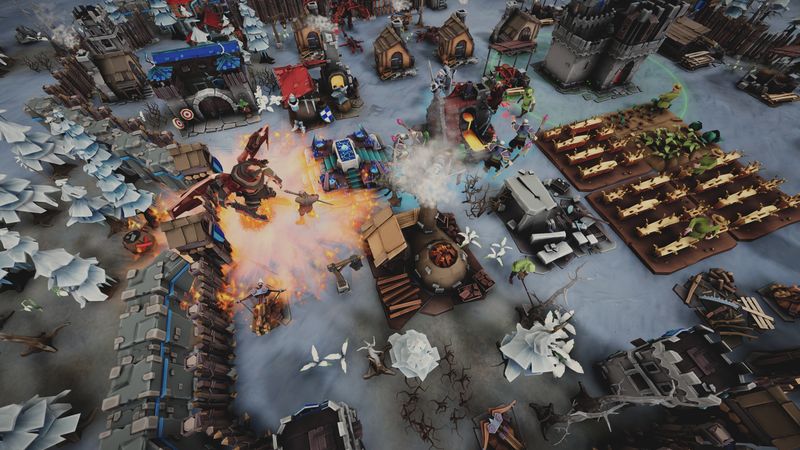
Player Experience
I must also appreciate the community feedback and insights shared by fellow gamers. One peer compared Darfall’s stripped-down approach to classics like Warcraft 3, noting that it delivers “horrible, panicked, undead-infested vibes” in an enjoyable way. Another gaming enthusiast highlighted that Darfall scratches the itch for captivating city-building without the stress of esports-level competition. These insights resonate with my experience; the game focuses on the joy of exploration and the satisfaction of building a resilient community.
Beyond the core gameplay elements, Darfall encourages a comprehensive completionist approach. I appreciated the vast number of side quests, collectibles, and achievements. My personal goal was to unearth every secret and master every ability. This meticulous approach aligns perfectly with my own gaming philosophy. The game’s design motivates you to explore every small detail, assuring that every session brings a new discovery.
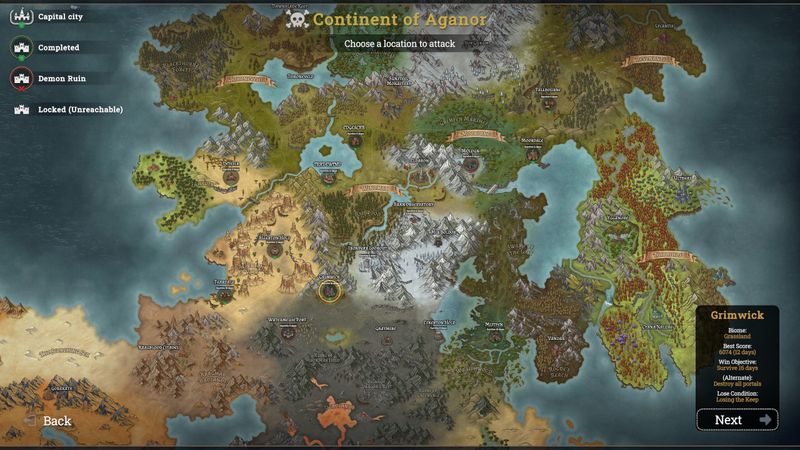
Ratopia is creative and bold, but not without flaws. Its survival-city hybrid and rat-themed world are genuinely fun, yet a stubborn interface and outdated controls hold it back. Visually and musically, it succeeds beautifully. Compared to heavyweights like RimWorld or Oxygen Not Included, Ratopia stands tall in ideas though it sometimes stumbles in execution.
I give Ratopia 3.5 out of 5 stars. It dares to tweak a familiar genre, even if it doesn’t always meet modern expectations. If you’re curious about a game that blends strategy, survival, and rodent charm—and don’t mind rough edges—Ratopia deserves a spot in your collection.
